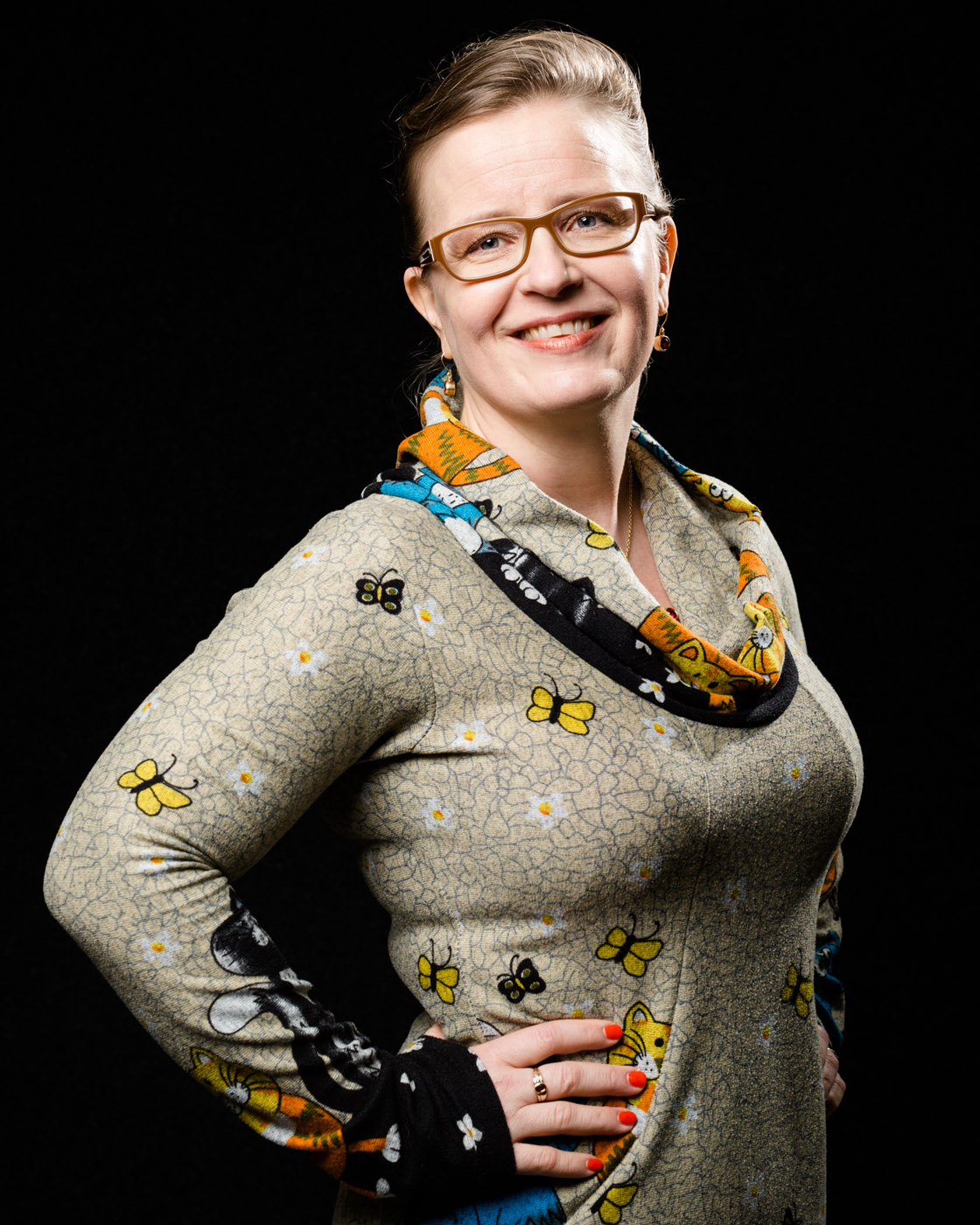Bioresources in the EU net-zero transition
Most scenarios for a transition away from using fossil fuels foresee a large increase in biomass use. This project overviews the future demand and supply of bioresources in the EU, and envisages the optimal uses of bioresources in the transition to a net-zero economy.
Most scenarios for a transition away from the use of coal, oil and gas foresee a large increase in the use of biomass. So far, the focus has been on biomass as an energy resource. Bioenergy is already a major contributor to our current energy system. Government policy and business strategies hope for a greater increase in bioenergy as a drop-in replacement for fossil energy. For example, International Energy Agency (IEA) and European Commission scenarios for deep emissions’ reductions foresee a two to four-fold increase by 2050. Current EU and member state policies encourage or even mandate the expanded use of bioenergy in power generation, heating systems and as transportation biofuels.
At the same time, questions of supply and demand complicate this established approach. Current domestic resources are reaching their limits and the EU is rapidly becoming a large importer of bioenergy. However, global supply is similarly limited and imported biomass raises many sustainability concerns. On the demand-side, a dramatic growth is expected due to many new claims beyond existing bioenergy applications, such as new biomaterials use and expanded fibre production.
It is already clear that, on the current course, this equation does not balance. The EU faces important choices about how best to use increasingly scarce bioresources. Policy has been slow to adapt to this situation. Policies that affect biomass use often are produced in silos, creating multiple pressures on bioresources devoid of total impact assessment. Without a change of course, there is a real risk of a policy-induced bioresource crunch.
On the brighter side, this can be avoided. Technology and systems change offer several opportunities that expand the set of solutions. Three areas stand out:
- Mobilisation of new resources (waste and residue) and increased productivity.
- Electrification as a major alternative to bioenergy.
- Circular economy systems and business models in major value chains.
The EU could choose a different future for its bioresources than what is currently foreseen: the joint mobilisation of carbon management, integrated waste management, bioresources, electrification and circular economy approaches for maximum economic value and environmental benefit. To get there, it needs an up-to-date evidence base that fully accounts for the full set of opportunities and seeks the most efficient use of bioresources from a system perspective, supporting a change in current approaches.
What do we do?
There are many different sorts of data available related to the bioeconomy, as well as road maps for reaching net-zero emissions. But the tools for measuring these in the different uses of bioresources are often mutually incompatible.
The project aims to provide a coherent fact-base and set of scenarios for the optimal use of the full range of biomass resources in an EU transition to a net-zero economy.
The project has two parts. Part 1 deals with consultation, outreach, and stakeholder engagement ahead of important EU policy decisions in Q2/2021; part 2 concerns securing a lasting impact through identification of global implications and exhaustive technical documentation as well as deep dives on key topics, to be completed by end of Q3/2021.
Who is involved?
The project is run jointly by the Climate-KIC, Energy Transitions Commission (ETC), European Climate Foundation, European Forest Institute (EFI), Material Economics, Sitra and Vinnova.
Where are we now?
The project started in April 2021 and will end in October 2021.
What have we achieved?
The study on EU bioresources will be launched in June 2021.



What is it about?